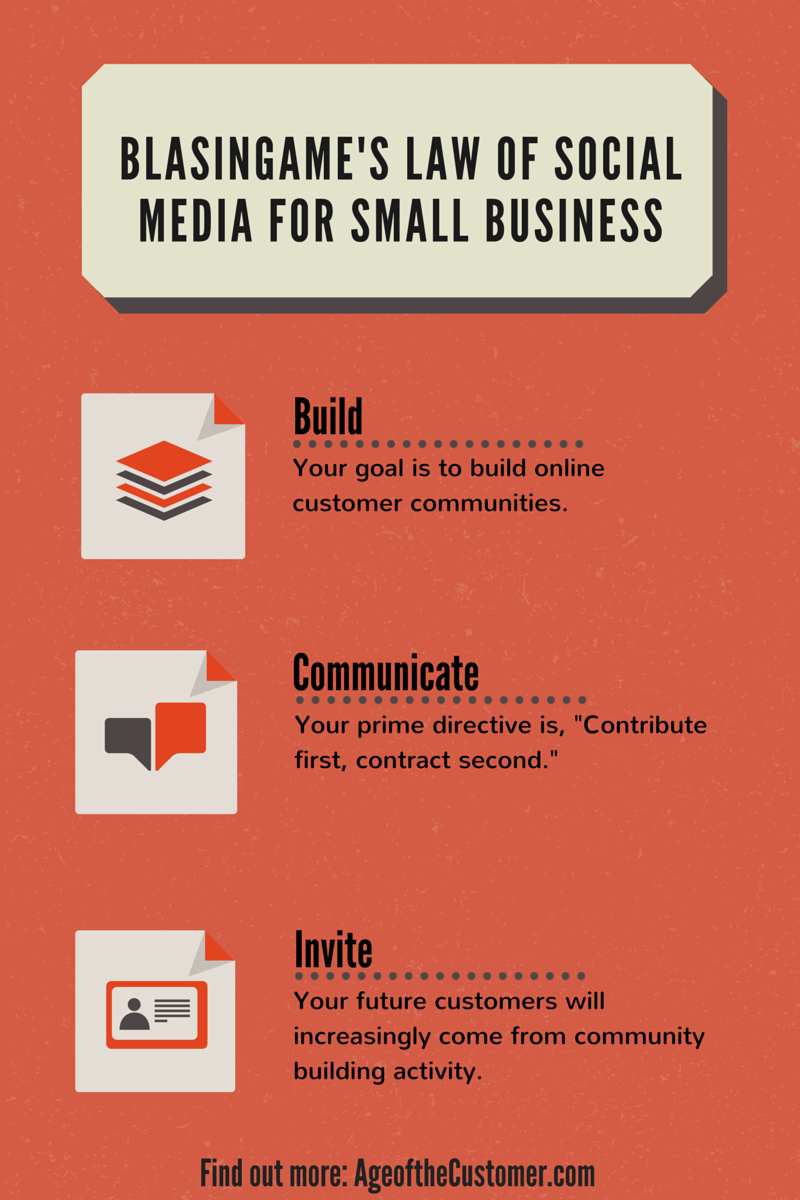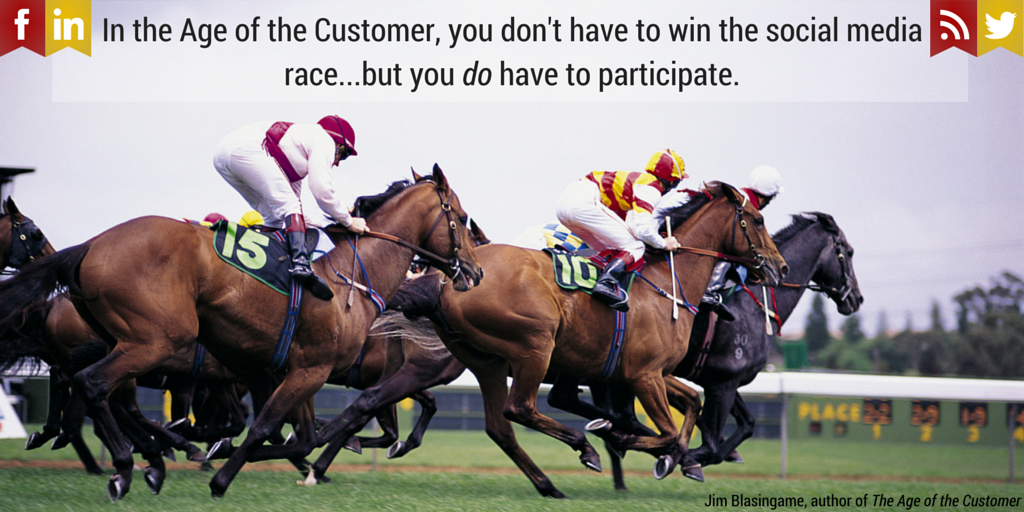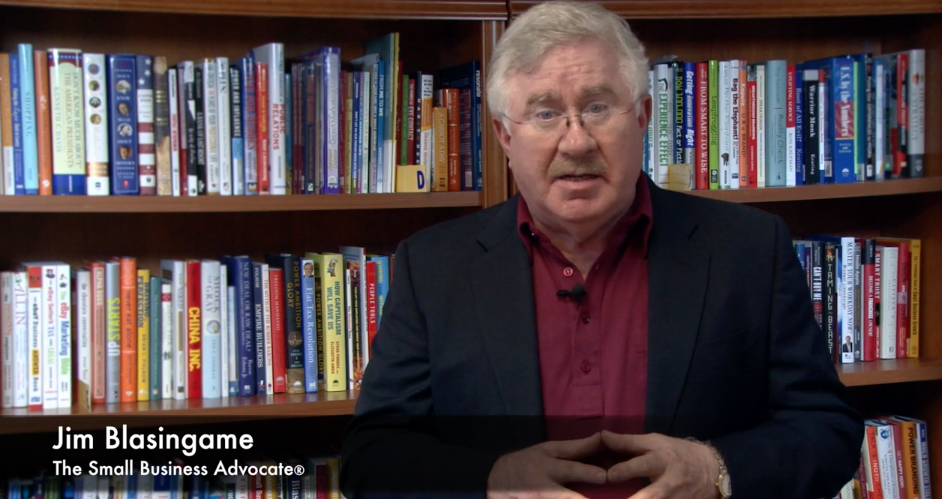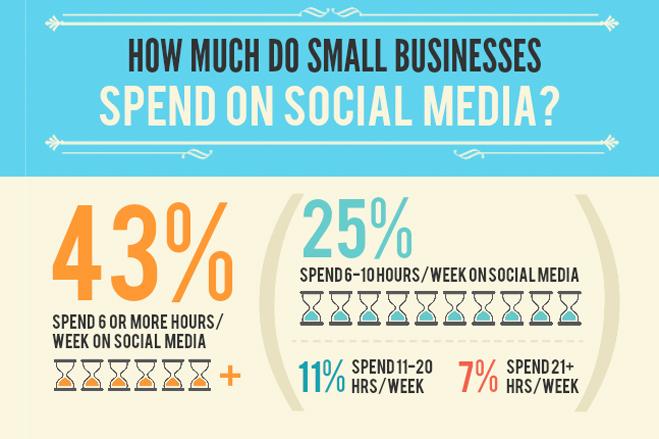Remember all the years I’ve said every small business MUST have a website? It’s still true, except now that’s not enough. Today you also have to be ready for the mobile customer.
Once only wizards and fairies had magic wands. But in The Age of the Customer, hundreds of millions of Earthlings now have one in the palm of their hands. Here are the U.S. numbers:
According to Statista, this year over 180 million Americans will own a smartphone, and that number will grow by 10% to almost 200 million in 2016. That’s just about every American between the ages of 16 and 80. Here’s another way to say that: Essentially all of your prospects and customers.
In a recent online poll we took of our audience, slightly more than half either had a mobile site or were acquiring one. Good for them. But that means almost half didn’t and had no plans.
 Tough love alert: If your business isn’t ready for mobile primetime, it’s a dinosaur waiting to become extinct. Any questions? But there’s good news: You can avoid death-by-mobile in less than a month. Stay with me.
Tough love alert: If your business isn’t ready for mobile primetime, it’s a dinosaur waiting to become extinct. Any questions? But there’s good news: You can avoid death-by-mobile in less than a month. Stay with me.
Where we once converted our analog lives to the online digital world with a personal computer, the shift is now to the small screen of the smartphone. And we’re integrating these new light sabers into our lives and businesses even more than the PC including, but by all means not limited to:
- Download and use productive and fun apps
- Read newspapers – even books
- Navigate on foot and wheels
- Record and share our lives with photos and video
- Connect to others on social media
- Shop for, buy and pay for stuff
You can get ready for mobile customers with these two steps:
1. Hire someone to help you get your online information optimized for local search. This is important for a comprehensive online strategy, but mandatory for mobile primetime. Mobile users are often literally trying to find your business.
2. Hire someone to build a mobile site (might not be the same person as #1). When your URL is requested from a smartphone, the mobile site presents automatically with your regular website offerings netted out and with fewer graphics for the smaller screen – form follows function. Mobile sites cost less than mobile apps to create, update and maintain, and a mobile site icon looks just like a mobile app. Most small businesses don’t need a mobile app.
Here’s that good news I promised: You can complete these two tasks in a month. How much will it cost? Not as much as you think, but that’s not the question. How much will it cost if you don’t get ready for mobile primetime?
Write this on a rock … Mobile computing wasn’t any part of your past, but it will dominate your future.
Jim Blasingame is the author of the award-winning book, “The Age of the Customer: Prepare for the Moment of Relevance.”










